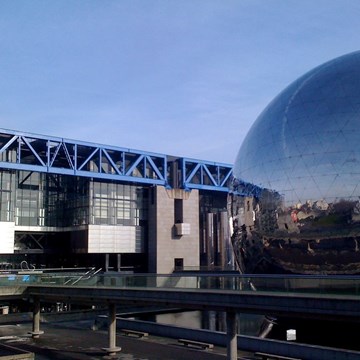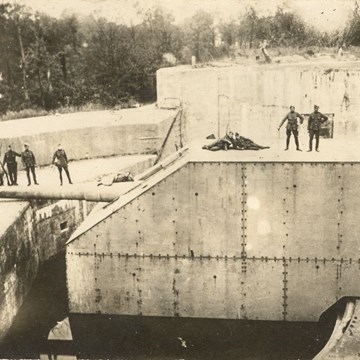The Life of Pottery - La Tène ceramic production
Ceramic vessels and fragments are the most frequent finds on the majority of archaeological sites. Therefore, they are an important source of information on the societies that produced and used them. From the Neolithic period onwards they played an important part in every aspect of life of a community: food preparation and storage, rituals and festivals, metallurgy, and they were used as objects of exchange and trade.
The story of ceramics is narrated through the Late Iron Age material from the territory of Croatia, when the area between the Sava and Drava was dominated by the Celtic La Tène culture. The Celts introduced more advanced pottery-making technologies, such as the fast potter's wheel and vertical pottery kilns, which resulted in the mass production of vessels during the later part of this period.
In order to present as effectively as possible the complex process of ceramic production, from the acquiring and preparation of raw material, through the modelling and ornamentation, firing, and, finally, its usage, the exhibition is supplemented with precise replicas of a potter's wheel and pottery kiln, video materials and illustrations.
Text source
Image source
Exhibitions and events

Permanent exhibition of the Prehistoric collection
Permanent exhibitionPermanent exhibition of the Prehistoric collection of the AMZ illustrates the development of material and spiritual culture on the territory of continental Croatia during 2,5 million years, from...
Activities from this museum
We don't have anything to show you here.










